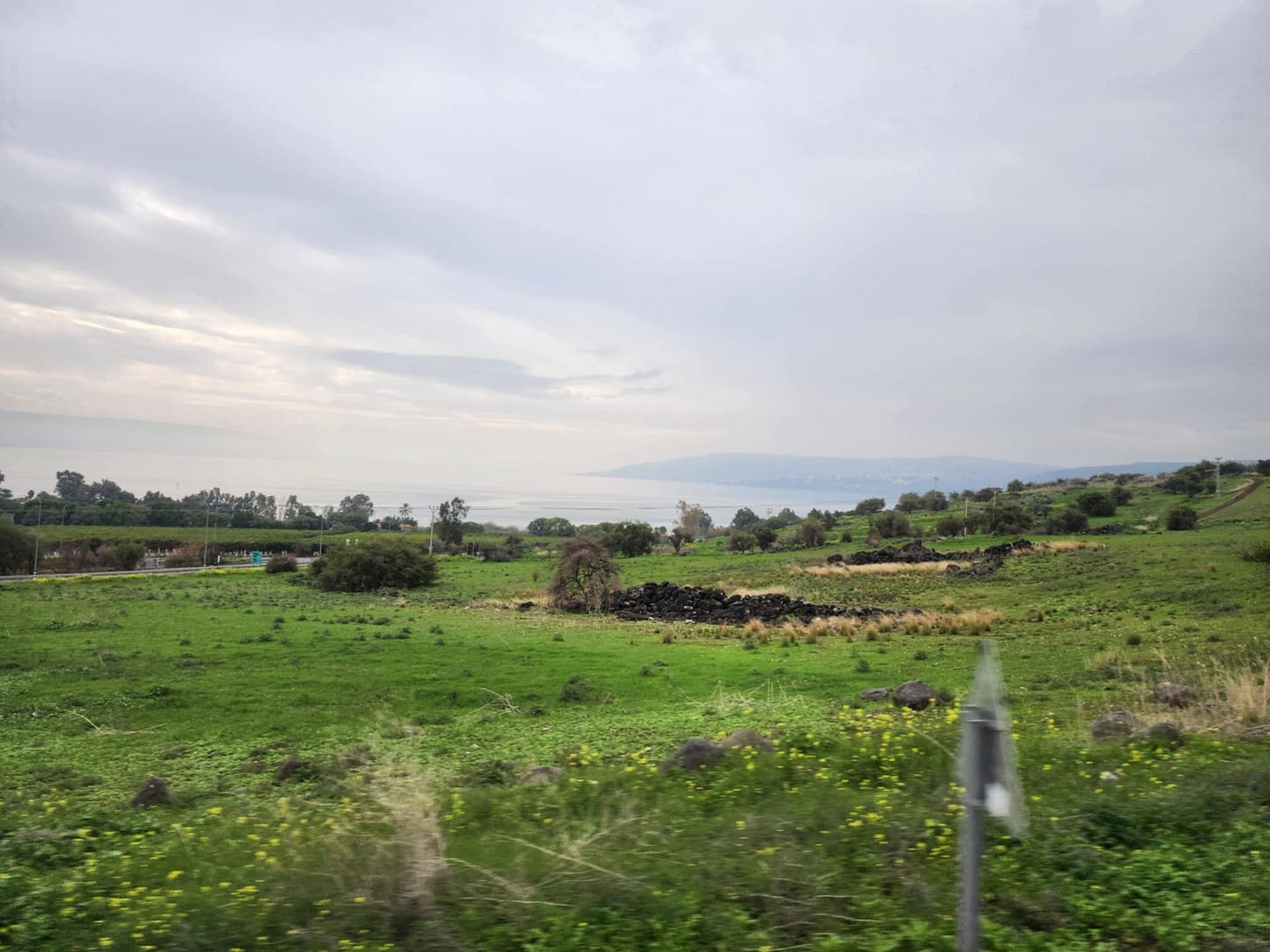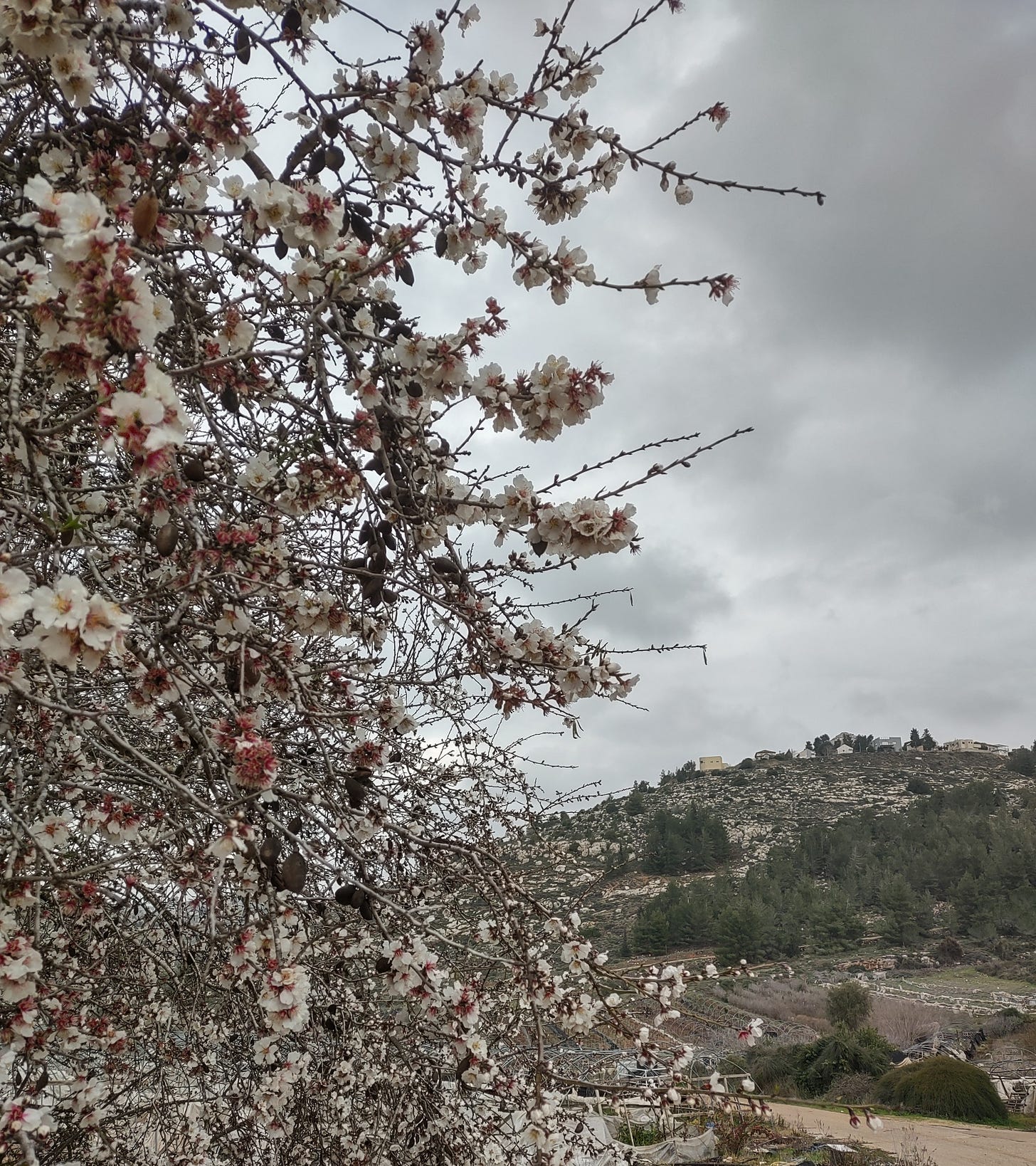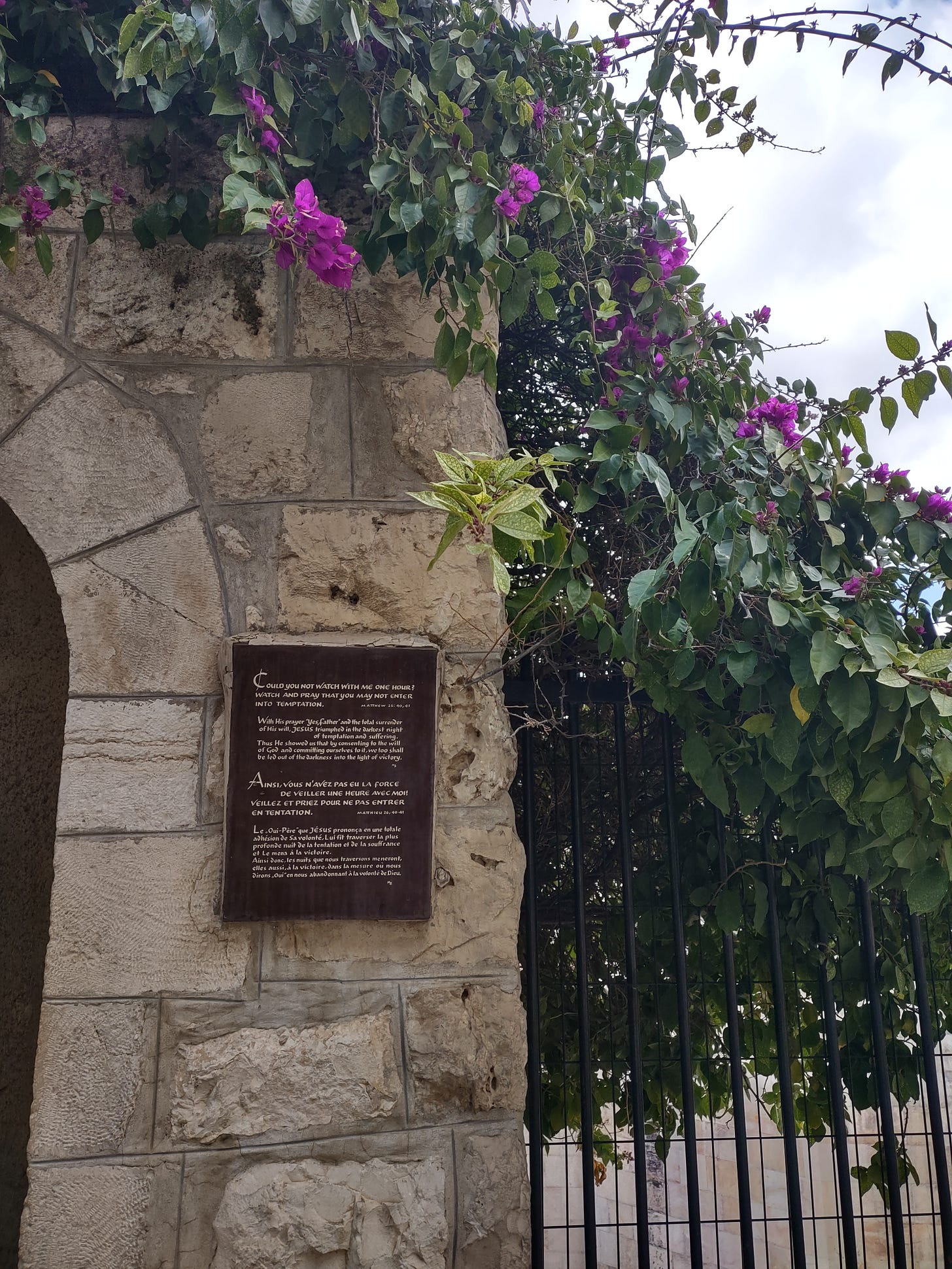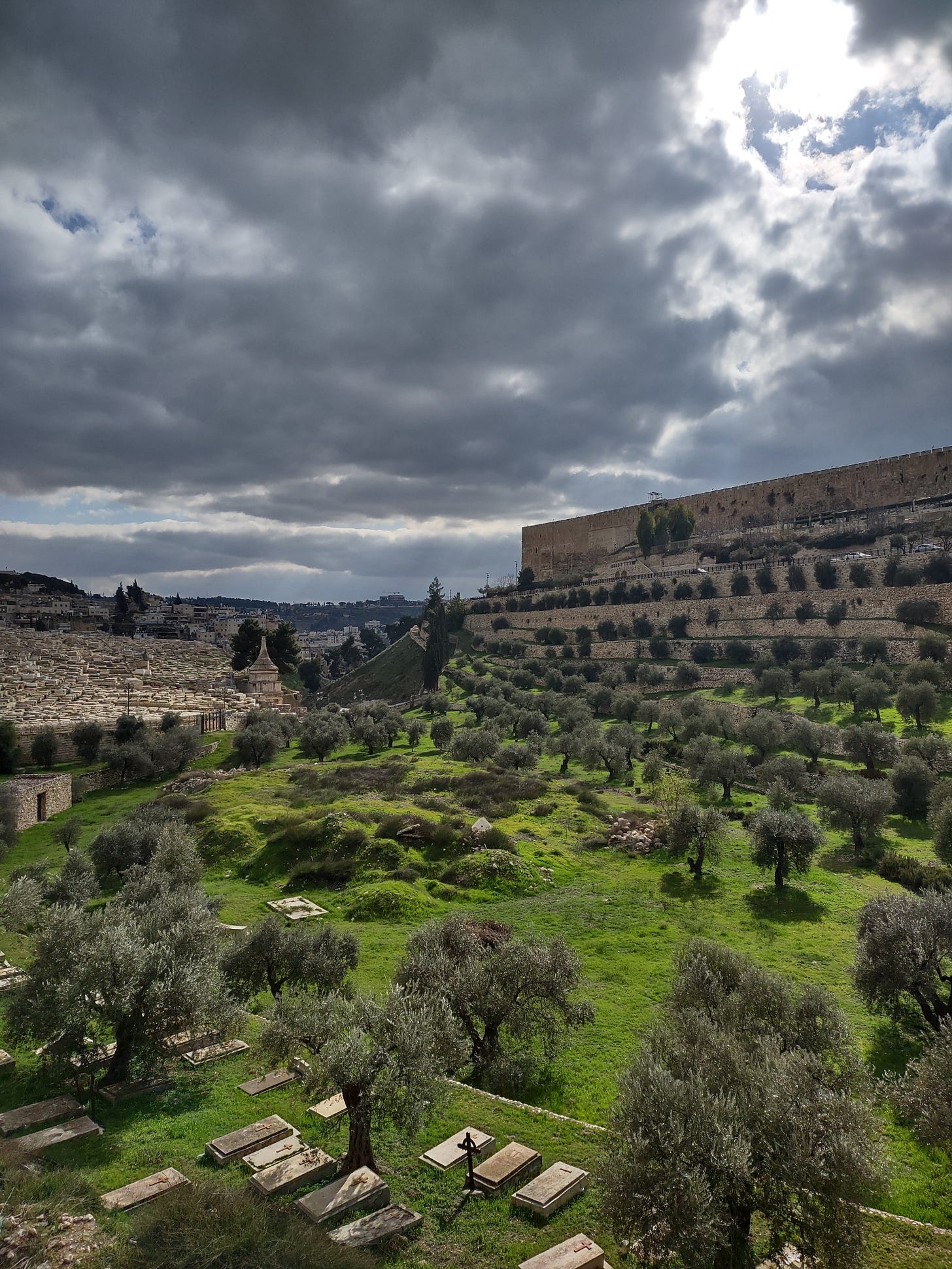Weeds are persistent little creatures. Days of rain and weeks of warm weather coax them briskly out of hiding. They push their impudent faces up through the cracks in sidewalks, smilingly. Not two whits they care for the convention of set aside garden spaces. They go where the rain falls, delighted to be nodding about at long last in the free fresh air.
Freshmen gardeners don’t share their delight upon encounter. They see weeds and then attack, determined to clear out the scores of small invaders post haste. There are bigger and better things that need the space—plants that matter because of their beauty or utility—and it’s a sympathetic case. Some weeds should certainly go. Thorns are hard to defend, especially the low growing prickle plants that make walking through the grass in bare feet such a hair-raising exercise. But even prickle bushes have their advocates. After all, where would gardens be without roses and their attendant thorns?
Weeds are hard to love but the more I look, the more of them I see cropping up at the edge of everything. Lent began as an exercise in rooting them all out. There are bigger and better things to plant: the seeds of glorious virtues fit to flower into fruit for the Easter table. But the weeds keep growing, rampant and wild. They delight in the scent of raw earth, and they grow with abandon, deaf to entreaty, anger or self-denial. They’re waving in the wind, kissing the raindrops, rapt up in the sun as it breaks fleetingly through the clouds.
I had hoped for something beautiful: something planned, with neatly cropped edges and stark borders—something that could keep me busy weeding in perpetuity. That’s because I don’t have the heart or the eye of a master gardener yet. I like to cut corners, to tear stems, and to rip out roots, all in a tremendous rush, leaving the abandoned dirt laid bare and piled high in my wake. Fecundity foiled. But master gardeners don’t see weeds that way. I’m not sure if they see weeds at all—just newcomers. The great gardeners rejoice in the way things grow. They learn from the rain as it falls, seeking out the low places and blessing them first, grace-like. They love the way that valleys turn green in spring. They learn to build on nature instead of tearing it out.
Spring is a good time to learn, and gardens are good schools.
It’s only fitting that we’d be drawn back to grace, deftly and doggedly, by a God who came back to life in a garden. After all, Paradise was lost by wrongheaded gardeners. To right that wrong, the Lord takes us in hand—into vineyards and valleys—to teach us how to tend them. He gives us fig trees and lilies of the valley to ponder, wheat fields to eat from, and sycamores to climb. He tells us about seasons and recommends to us the humble mustard seed. In all this, He tells us ever more about His Heart for us and for His creation: a theology of flowers, if you will.
Flowers tell of a generous God who didn’t limit his creative genius to necessity but poured more of Himself into His art than He had to, strictly speaking. Efficiency didn’t rule the days of creation—function didn’t prevail over form. Birds of paradise don’t savor of stinginess. Peonies brook no harbor with “just getting the job done.” He gave us good measure: a world of greens and blues and reds, shaken down, pressed together, and overflowing. Flowers tell us silently, smilingly, about their Maker: a doxology that great gardeners attune themselves to, set to music that’s quite difficult for young gardeners to hear since they’re usually busy with the engrossing work of weeding.
The first lesson a good gardener gives an overeager weeder is to find out what’s already growing: where and why. This is an exercise in the school of magnanimity, and an invitation levied for my own benefit as much as for anyone else’s—to observe the way seasons of life twine themselves into stained-glass windows, wrought in petal-work. Counting blossoms like blessings is a brave beginning.
See, a brilliant yellow streaked along the hills of Galilee awash in flowering mustard seeds. And wouldn’t I love to be the blossom of a mustard seed—so small, so brave, so faithful—nodding along to the tune of the rain washing the hills around Capernaum in the brisk afterglow that readily rides on the heels of storm. Sunflowers, line upon line, fill vast fields by the train tracks running south to Rome. They’re standing like bright sentinels in the sanctuaries of Krakow and gathered in bright bunches on St. Mary’s square. Daffodils are my Mom’s favorite, and they grow gaily on Margaret Island and in the far-off fields of Wales for St. David’s day. And forsythia, that spritely spark, the same in Fairfax as in Hungary.
I carried roses on my wedding day because my Grandmother was a rose gardener. And my wedding roses were white and dreamy, like the almond trees that bloom all over Gellert Hill in Budapest come mid-March. In far-away Jerusalem and in the hills of Shiloh, the same trees unfurl their lacy loveliness against a different springtime skyline, stark against sandy limestone and craggy green mountains. One day when we have a house, we’ll build a patio and fill planters with sweet alyssum (white) so that when the wind blows just right—if we close our eyes—the scent will say Jerusalem.
We’ll have a greenhouse for orchids and plumerias too. Orchids, especially the purple ones, remind me of Daniel, and plumerias remind me of victory. Their scent lies so heavy on the air that you can almost drink it—creamy, warm, and gorgeous—just like the thick white blossoms. When I was a child, a huge rainstorm knocked a branch full of blossoms off a neighbor’s plumeria tree. I eyed my prize, secured it, and biked home with the branch balanced on and around my helmeted brow like a queen on a warhorse wreathed in flowers.
These are the few: the highlights where the light is striking now, as I type at twilight. There are others: pansies, marigolds, peonies, mums. African violets: like the ones that grew steadily, year by year, on my Nana’s windowsill. Bougainvillea: like the one climbing over the walls of Gethsemane reminding me of Naples and Monsignor. He planted my bougainvillea by an arbor, and he showed it to me on our last visit.
But what’s to be done with the pesky weeds? And what was the point of the hopeless bits, the stalks from last fall, the plants I’ve brought home that didn’t make it or never flowered? All my flowers die eventually anyways—why not plow the whole plot under and make a clean and fresh beginning in my own image? If I plan and plant carefully enough, there will be only flowers, surely, and those flowers will last forever.
Quickly, the Master stays my reckless hand before I miss the last lesson. It began in the Church of the Holy Sepulcher. Incense breathes and broods over the site of Calvary and hovers over the perpetually empty tomb. The air is heavy with holiness, but we’d barely kissed the stone before we were rushed out. The flowers above the resurrection stone had died and needed to be changed. New flowers—holly hocks—had arrived.
They hadn’t resented dying, the old flowers above the stone, because they’d bloomed. They’d given themselves over to ebbing life and flowing death, without anxiety or embarrassment, confident in the seeds and springs to come—weeds and all. They knew singleheartedness well. Death was a friend who whispered about resurrection. They died as they lived, written into existence by a generous God and basking in the glow of eternity.
Those flowers that die in the empty tomb aren’t concerned with weeds. They’re consumed by the Father’s business. Tombs surround the city of Jerusalem—line upon line run up from the green Kidron Valley, from the sealed Golden Gate up the Mount of Olives. In all that expanse, only one grave is empty. Only one grave is filled and refilled with flowers, day in and day out. It’s a discipline of the heart, to repeatedly remember the resurrection and to refill the empty grave with flowers. It’s good for us to go repeatedly to the Tabernacle, carrying our brightest and best. It’s good that flowers mark our joys and sorrows, our celebrations, our funerals, and our feastdays. They’ll die in a week or two, the flowers will, but we’ll go back to the empty tomb, in sickness and in health, in life and in death, to learn about the resurrection.
I hope at the end of the day and the end of Lent, to live and die a little more like the flowers do. They’re living and blooming in the Divine gaze, knowing that they’ll fade (so will the weeds) but caring nothing for it because the resurrection is on its way. The Master Gardener is returning to His Garden, and when He arrives, it will be spring.







